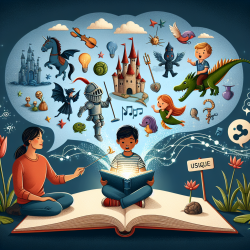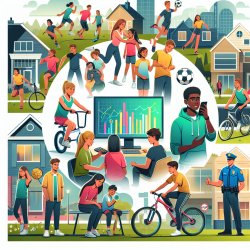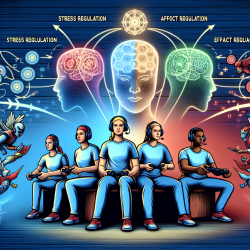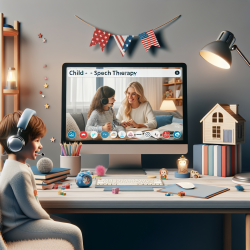Introduction
Autistic adolescents often face challenges in engaging with peers within integrated educational settings. While traditional approaches have focused on individual characteristics, a recent study by Chen, Schneider, and Patten (2021) emphasizes the importance of interpersonal and environmental factors. This blog explores the study's findings and offers practical strategies for practitioners to enhance peer engagement among autistic adolescents.
Key Findings from the Study
The study, conducted over a school year in an inclusive school club, revealed four critical themes:
- Participatory Process: Peer engagement is a collaborative process where students and peers navigate mutual understanding, influenced by social characteristics and openness.
- Student-Peer Synchronicity: Shared interests and compatible social styles are essential for autistic peer engagement.
- Joint Engagement Activities: Activities that facilitate joint engagement and exploration of mutual interests support peer interactions.
- Classroom Interventions: Interventions that emphasize strengths and educate peers about individual differences enhance peer engagement, while normative behavioral standards can perpetuate negative perceptions.
Practical Strategies for Practitioners
Based on the study's findings, practitioners can implement the following strategies to improve peer engagement for autistic adolescents:
1. Foster Shared Interests
Encourage activities that allow students to explore and express their interests. This can create common ground for interactions and foster meaningful connections. For instance, clubs or projects centered around popular themes like technology, art, or sports can facilitate shared experiences.
2. Promote Peer Learning and Collaboration
Establish a classroom culture that values peer learning and collaboration. Implement rules like "ask three before me" to encourage students to seek help from peers, fostering a supportive community. Ensure that interventions are flexible and empathetic to individual needs.
3. Highlight Student Strengths
Create a classroom climate that recognizes and celebrates student strengths. Publicly acknowledge achievements and encourage students to share their expertise with peers. This approach not only boosts confidence but also promotes positive peer perceptions.
4. Educate Peers on Neurodiversity
Provide education on neurodiversity to promote understanding and acceptance of different social and behavioral styles. This can help peers appreciate individual differences and reduce misconceptions about autistic behaviors.
Encouraging Further Research
While the study provides valuable insights, further research is needed to explore the diverse experiences of autistic adolescents in various educational settings. Practitioners are encouraged to engage in ongoing research and contribute to the development of inclusive practices that support all students.
To read the original research paper, please follow this link: Exploring interpersonal and environmental factors of autistic adolescents’ peer engagement in integrated education.










